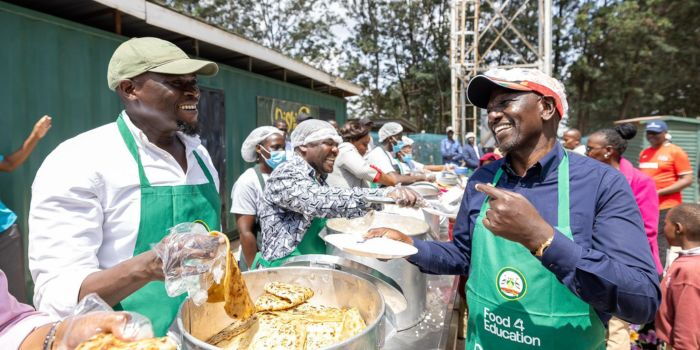Nairobi Governor Johnson Sakaja has announced that the county has acquired a smaller chapati-making machine to support the ongoing Dishi na County school feeding programme. Speaking on Wednesday, October 8, Sakaja disclosed that the machine can produce between 6,000 and 8,000 chapatis per hour, a significant step in addressing food needs for schoolchildren across the capital.
The governor explained that if used for five hours daily from 6 a.m. to 11 a.m. the equipment could generate approximately 30,000 to 40,000 chapatis. While this falls short of the ambitious one-million daily chapati target, Sakaja noted that President William Ruto’s promised industrial-grade machine is still on its way.
“President William Ruto’s chapati-making machine is still coming, but we acquired one that can produce 6,000 to 8,000 chapatis per hour,” Sakaja stated.
President Ruto made headlines in March after pledging to fund a machine capable of producing one million chapatis daily to support Nairobi’s school feeding initiative. The announcement sparked widespread debate and humor online, with Kenyans dubbing him “El Chapo” and creating memes and AI-generated images of chapati factories.
Critics, including Saboti MP Caleb Amisi, questioned the practicality of such a project, urging Sakaja to focus on larger infrastructural priorities like transport systems and water access.
Despite the criticism, Dishi na County continues to make a notable impact. Launched on June 19, 2023, the program now serves over 316,000 learners in more than 230 schools across Nairobi’s 17 sub-counties. To date, the initiative has provided more than 30 million meals, improving nutrition and attendance in public schools.
As Nairobi waits for Ruto’s million-chapati machine, Sakaja maintains that every step counts toward ensuring no child learns on an empty stomach.

